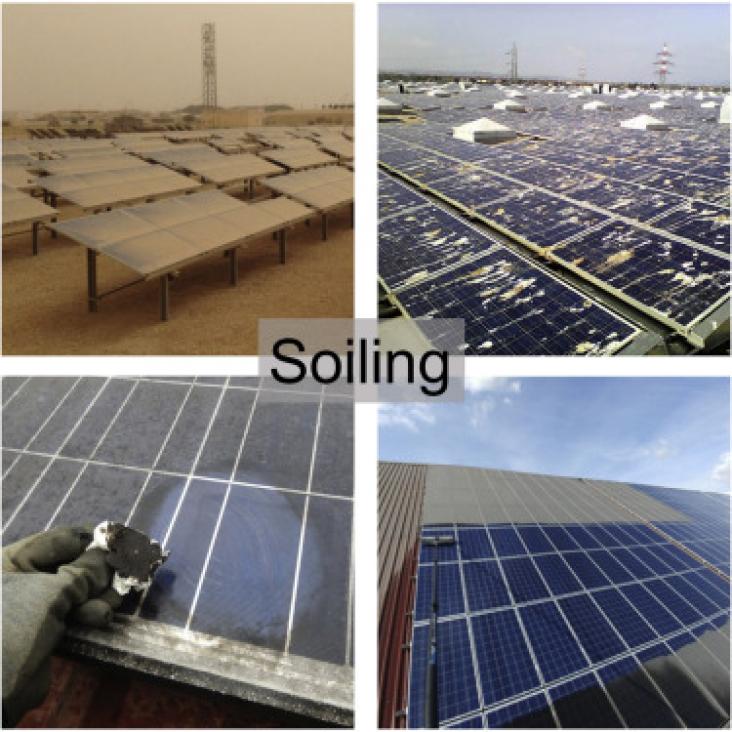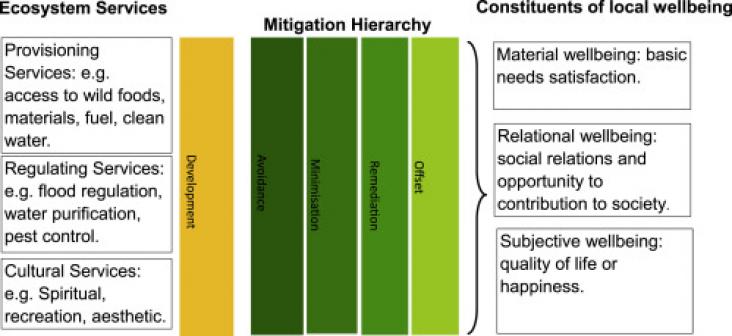
Soiling consists of the deposition of contaminants onto photovoltaic (PV) modules or mirrors and tubes of concentrated solar power systems (CSPs).

Economic development projects are increasingly applying the mitigation hierarchy to achieve No Net Loss, or even a Net Gain, of biodiversity.
Accurate health estimation and lifetime prediction of lithium-ion batteries are crucial for durable electric vehicles.
This book chapter addresses goals 13, 14, and 15 by focusing on how changing environmental temperatures affect species adaptation.
Global temperature limitation near 2 °C could slow, but not halt further changes in the Arctic for future decades. The precautionary principle calls for early adaptation and mitigation actions.
Partner content
United Nations Global CompactUnited Nations Global Compact, September 2019
This report showcases business leadership on climate action aligned with limiting global temperature rise to 1.5°C. Advancing SDGs 12, 13 and 17, this report features solutions and strategies developed by companies that have taken the 1.5°C pledge and examines how business leaders are integrating this process into corporate strategies and generating employee buy-in.
Elsevier, Measurement: Journal of the International Measurement Confederation, Volume 143, September 2019
With the advantages of reducing CO2 emissions and improving the sustainability of supply chain, returnable containers have been widely used in logistics processes.
Municipal advisory committees are becoming increasingly influential in guiding decision-making processes that address climatic issues.
Conservation of biodiversity and ecosystem services in natural environments requires careful management choices.

Conservation of biodiversity and ecosystem services in natural environments requires careful management choices.
